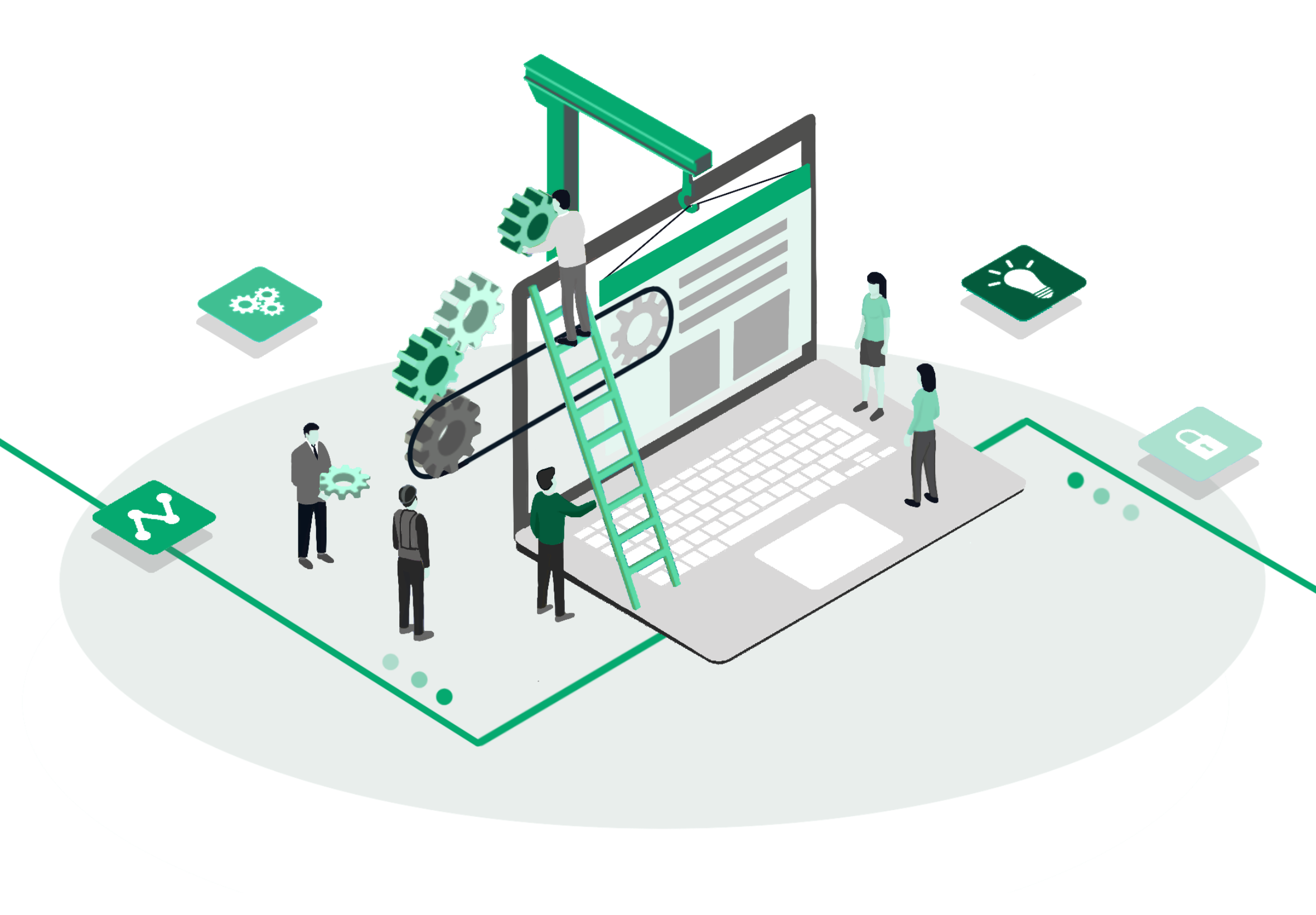
Reworking a process that’s been around for a while can feel like opening Pandora’s box.
Especially at large organizations, the prospect of reworking something that involves so many people is intimidating. And it’s not just the price tag — the prospect of making a significant change at an established organization usually requires near-herculean efforts of diplomacy and buy-in.
With all that stacked against leadership, it’s no wonder any process working at least well enough stays in place as long as it does.
You may wonder how you got by when you finally cross the bridge to the other side. If done right, a service redesign has the power to revolutionize your organization, allowing the breathing room that lets people work and imagine to the best of their capacity. Job satisfaction goes up, and the bottom line does, too.
If the light convinces you at the end of the tunnel, but you need help figuring out where to start, read on for our take on three common barriers to starting.
Barrier 1: Too many politics involved in implementing a change
With more prominent organizations especially, decision-making is often dispersed across a number of groups, only some of which may talk to one another. The urgent problems of one faction of the company may not even cross the radar of another. The prospect of making a change with all those moving cogs can feel daunting to the point of impossible.
Our best tip here is to get “in the room” with folks (even if it’s a remote room). It isn’t about turning on the charm to win someone over. It’s about demonstrating a genuine commitment to understanding their work and what’s important to them and creating improvements in a way that respects their lives and expertise. The sheer fact of feeling seen can do wonders. What shows up as stubbornness often belies a strong emotional connection and care about their work, which is grounds to connect. Plus, you may learn something that helps inform your approach to the redesign.
Tip: While this will seem biased, hiring consultants for some of this early diplomacy can be a game-changer if you have the budget. In addition to approaching the problems with fresh eyes, outsiders can often leverage an apolitical status and sense of urgency (due to budgets and timelines) to cut through entrenched political issues that can be very difficult to resolve from the inside.
Barrier 2: Something feels wrong, but you’re not sure what the problem is
This is another common problem — our clients may have a general sense that something is inefficient but not know how and why it originates.
We also sometimes see the flip side of this — clients who can pinpoint the issue precisely, but once solved, they realize it’s a symptom of the problem and not the core cause.
For this, the best first step is to simply get out into the field. Watch people work, ask them questions about why they do what they do, and understand what motivates the different actions you’re seeing. While it may sometimes be daunting getting the logistics and approvals to go on-site, there is usually no faster way to diagnose the “real” problem than by getting into the thick of it.
Case study: With a recent healthcare client, we went out into the field expecting to streamline a patient registration process through digital tools. But after being on-site, we realized that solving the registration problem would actually create a new problem: when patients got to interact with an employee, even in an inefficient way, it let them feel known, cared about, and human. The problem to solve wasn’t digitizing clunky in-person processes. It was about optimizing moments of human contact.
Bonus: Having tangible examples to share with other groups can help lead to better communication and common ground for moving forward.
Barrier 3: The problem feels so overwhelming, you don’t know where to start
Start paralysis is one of the biggest barriers we’ve seen clients run into. Particularly when you are embedded into the organization you’re trying to change, with an up-close view of all the interconnections, interdependencies, moving parts, and potential obstacles, the prospect of getting started can feel like setting off a domino chain of chaos. There’s fear that change may actually make things worse.
In a perfect world, maybe it’d be possible to step back and assess your organization thoroughly and objectively, making a perfect step-by-step map of the best order of operations in which to tackle the overhaul. But in reality, it simply doesn’t work that way.
One of the most significant steps toward success is letting go of the idea of starting in the perfect place and simply starting somewhere. After all, there’s nothing like getting into it to help you refine your map for the next journey phase. Indeed, the time will come when you need to coordinate efforts across the board, but having everything mapped out before the first step begins is an impractical goal that can stop efforts in their tracks.
Tip: Experience and intimate knowledge of an operation are invaluable, but when it comes to getting started, it can also be a burden. Often, our clients know too much about what’s going wrong and can get into paralysis in figuring out an excellent place to start. Here is where outside eyes can be beneficial in helping you find a suitable starting place.
In sum, there’s a light at the end of the tunnel, and we hope to see you there.
Got a service design project you’d like to work together on? We’d love to hear from you.


